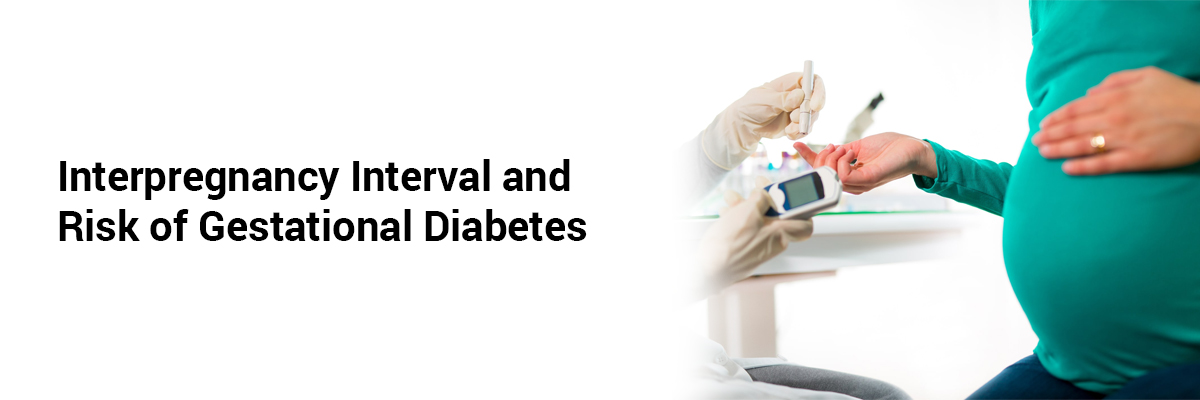
Interpregnancy Interval and Risk of Gestational Diabetes
A new study published in the journal BMC Pregnancy and Childbirth has found that interpregnancy intervals of 24 months or longer were associated with a higher risk for gestational diabetes in subsequent pregnancies.1 This risk was evident independent of the age of the mother.
A retrospective cohort study was carried out from 2013 to 2021 with data from 2392 women who had had consecutive deliveries at the Peking University Shenzhen Hospital. After being divided into seven groups (<12 months, 12-<18 months, 18-<24 months, 24-<36 months, 36-<48 months, 48-<60 months and ≥60 months), the interpregnancy interval was added to a multivariate logistic regression model along with additional confounding variables. Additionally, the data was categorized according to the age of the first pregnancy, BMI and history of gestational diabetes. The purpose of this study was to examine how the interpregnancy interval affected the risk of developing gestational diabetes.
Analysis revealed that the interpregnancy interval in women with gestational diabetes was considerably longer than in those without gestational diabetes in a subsequent pregnancy. This difference was statistically significant (p < 0.05).
Participants with an interpregnancy interval of 24-36 months were 1.5 times more likely to develop gestational diabetes in the next pregnancy with adjusted odds ratio (aOR) of 1.58. A similar enhanced risk was observed with longer pregnancy intervals ranging from 36-48 months, 48-60 months, and ≥ 60 months with aORs of 2.38, 2.48 and 2.56, respectively. Interpregnancy intervals of 36 months or longer were found to have a substantially higher risk of gestational diabetes in the subsequent pregnancy (p < 0.05) for women <30 years, ≥ 30 years, with or without a history of gestational diabetes. However, no such association was noted for interpregnancy intervals shorter than 18 months (p > 0.05).
Interpregnancy intervals of 12–18 months, 24-36 months, 36–48 months, and ≥ 60 months showed a significant correlation with the risk of GDM in participants with a history of the disease (aOR 2.61, 3.74, 4.35 and 5.37, respectively). The slope value of linear regression (0.5161) was significantly higher compared to participants without a history of GDM (0.1891) (F = 284.168, P < 0.001), noted the authors.
Based on these findings the study concluded that the risk of GDM in a subsequent pregnancy is elevated by long interpregnancy interval, and this risk is unaffected by the mother's age. IPI has a greater impact on women having a history of gestational diabetes when it comes to their likelihood of developing gestational diabetes during a second pregnancy. “These findings can be utilized by women to make informed decisions about the appropriate length of time between pregnancies in order to minimize the risk of GDM in subsequent pregnancies,” concluded the authors.
Reference
1. Yuqing Deng, et al. Effect of interpregnancy interval on the risk of gestational diabetes mellitus during a second pregnancy. BMC Pregnancy Childbirth. 2024 Jun 4;24(1):406. doi: 10.1186/s12884-024-06602-z.














Please login to comment on this article